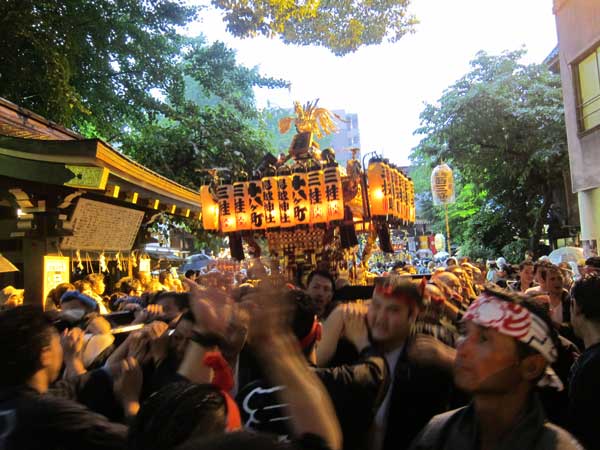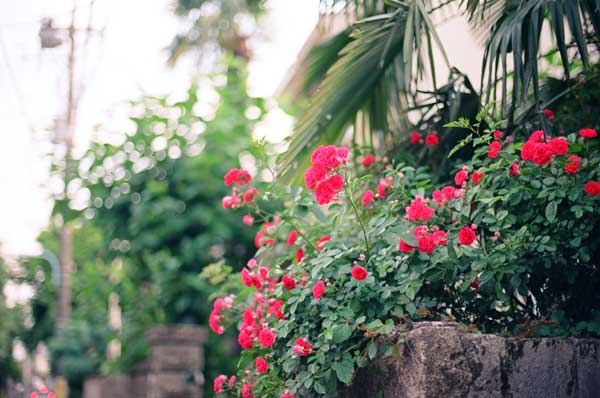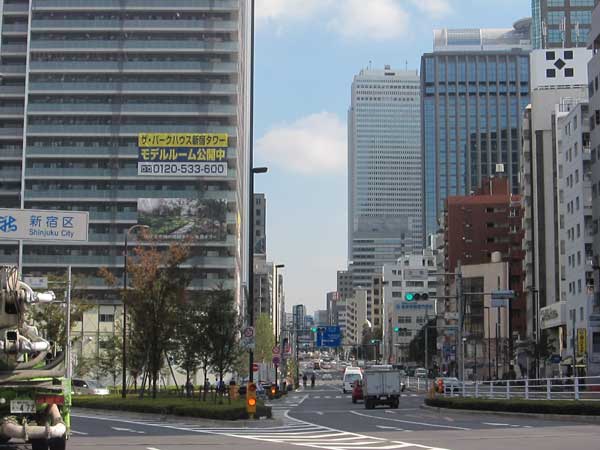
Nodai’s Garden Design Lab, part of the Landscape Architecture Science Department, invited me to their student workshop and welcome party last week. To help everyone get to know each other, students organized a workshop on the differences between country and city (田舎と都市, inaka and toshi).

It was fun to participate. The structure was very open-ended and interesting. In tables of about 8 people each, we brainstormed, using post-it notes, and then grouping them into categories. Actually, this framework reminded me of corporate workshops I have attended and organized.

Our group finished by allowing students to situate themselves on a country-city continuum. The nerdy guy who lives in Akihabara and I were the super-city participants, and I was struck that even our small group had a wide range of self-identification including super-country.
Students come from a variety of places, and more than a few seem to be children of garden business families. There were several graduate students over 40, three from China, one from Brazil, and an associate who also comes from Maryland by way of Brown University and Barcelona.
The workshop was followed by eating and drinking, first in the Lab, and then at an izakaya across the street. Suzuki sensei gallantly paid the large tab. I felt very welcomed and very fortunate to participate in this dynamic environment.








